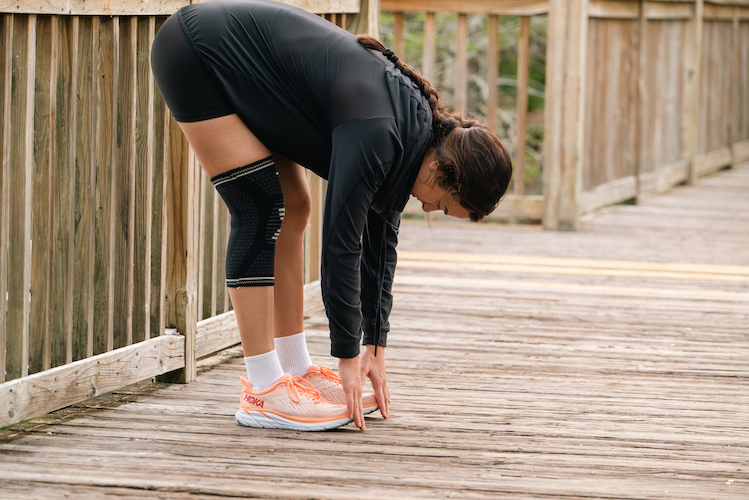Our lives have become hectic, which means getting every once out of our workouts is important. But harder workouts mean a bigger need for better recovery. Sometimes recovery can be expensive and unattainable. But thankfully, that’s not true when you wear compression socks both as a preventative tool and a recovery method.
That is, of course, if you choose a reputable brand. That’s why so many love the women’s compression socks from VIM & ViGR, But understanding the benefits of compression socks and how they work is the first step before using them. Let’s take a look!
Compression socks are socks that act as sleeves for your lower legs. They are tube-like fits that are meant to provide pressure to our legs to support healthy blood flow and circulation. There are many different types of socks out there, but the pressure generally falls between easy, medium, and hard pressure. The pressure is typically graduated with the most amount of pressure towards the feet or the farther part of the body.
Compression socks can benefit everyone, but it’s particularly useful for those who work out and play sports. Compression socks allow joints to feel alleviated stress because the muscles tend to work more efficiently when they are compressed. This chain reaction is set off, giving the following benefits.

If you could recover faster, why wouldn't you? When we work out, we naturally create tears in our muscles that need time to heal to gain strength. A compression sock can help this process speed up and provide the following benefits.
If you are struggling with a current injury, decreased pain is a benefit, thanks to the tendons and muscles having restricted motion of the compression socks. This allows for more restriction and less stretching.
Compression socks aim to push blood back to the heart at a faster rate. This is up to 40 percent during activity and 30 percent during recovery. Ultimately it allows better blood circulation. This is why the most amount of pressure remains at the farthest extremities where blood is likely to pool.
Have you ever seen someone sprain an ankle? The first thing that is usually done is to wrap it tightly. This limits any swelling, which is the exact function of a compression sleeve. When we work out, our muscles will swell as well without compression socks.
Wearing fabric that helps with temperature control aids in keeping muscles loose and prevents them from tightening up. This is why we often see more injuries happen in colder climates because we are not properly warmed up.
When we work out, lactic acid builds up in our muscles. Compression socks can help prevent the build-up and help flush it out during recovery. This helps with any soreness that is associated with lactic acid.

When wearing a calf compression sleeve, you can treat the most common lower leg injuries. Imagine no more nagging shin splints or aching tendonitis. Here’s why.
Shin Splints
Overusing the tendons and ligaments in your leg is the number one cause of shin splints. This doesn’t happen when the muscles are more relaxed and less fatigued.
Calf Strains
Overstretching your muscles because they are too tight or not warmed up properly is significantly reduced when using a compressor.
Achilles Tendonitis
Similar to shin splints, this type of injury is most felt in the back of the leg rather than the front. And just like shin splints, the release in muscle and quick recovery promoted by the tight fit helps in preventing tendonitis in the first place.
Muscle Soreness
Recovery for everyone is important, and that’s why increased circulation and stopping excess lactic acid build-up plays a major role in the restoration of muscles. That’s exactly what a calf compression sleeve is known for.
There are not a lot of downsides when it comes to incorporating compression socks into your routine. However, finding a fit is important. When you aren’t comfortable in your compression socks, chances are you won’t last very long in them. Therefore you’ll throw away all the benefits!
Using a trusted brand is one of the most important steps. Reviews and referring to your doctor is a good place to start. Most over-the-counter compression socks will work just fine as long as they are from a reputable brand and the quality is there.
Be the first to post comment!